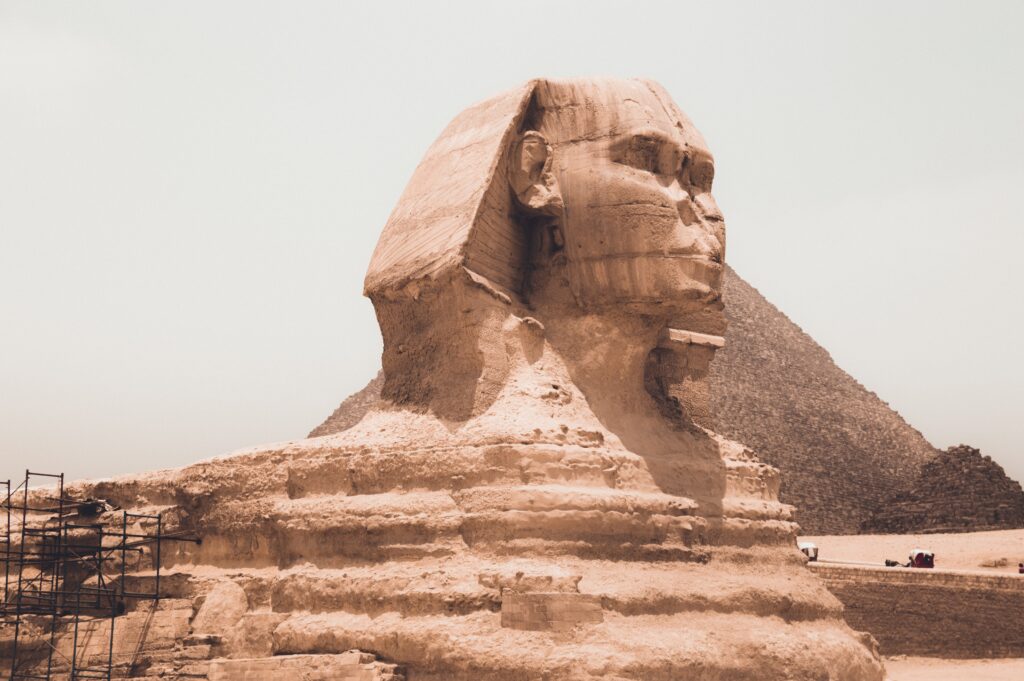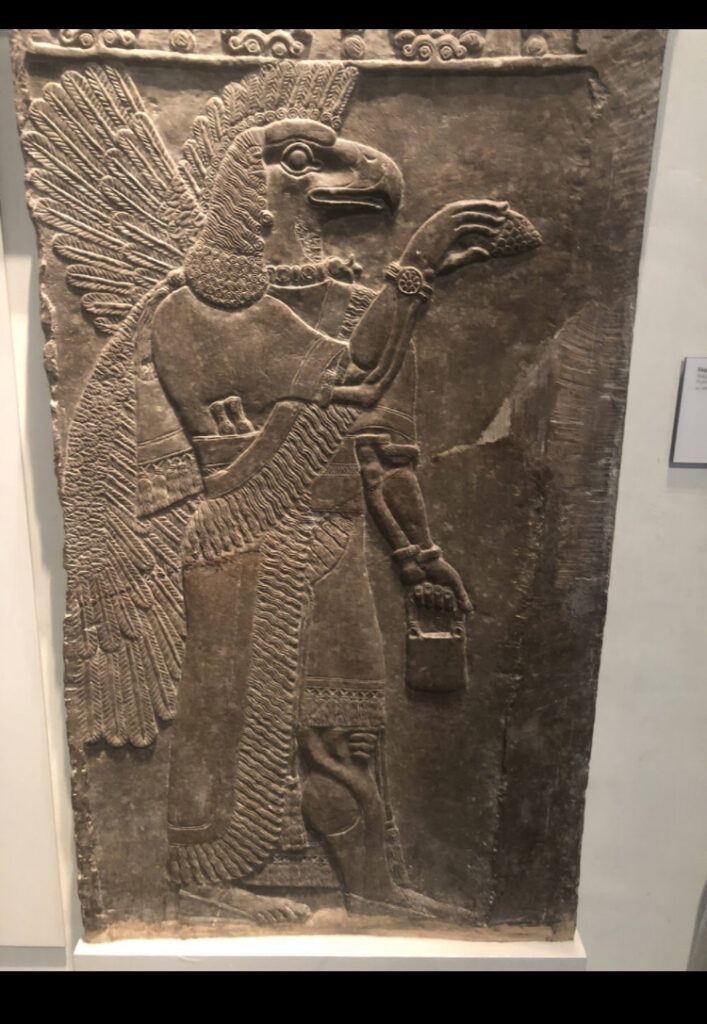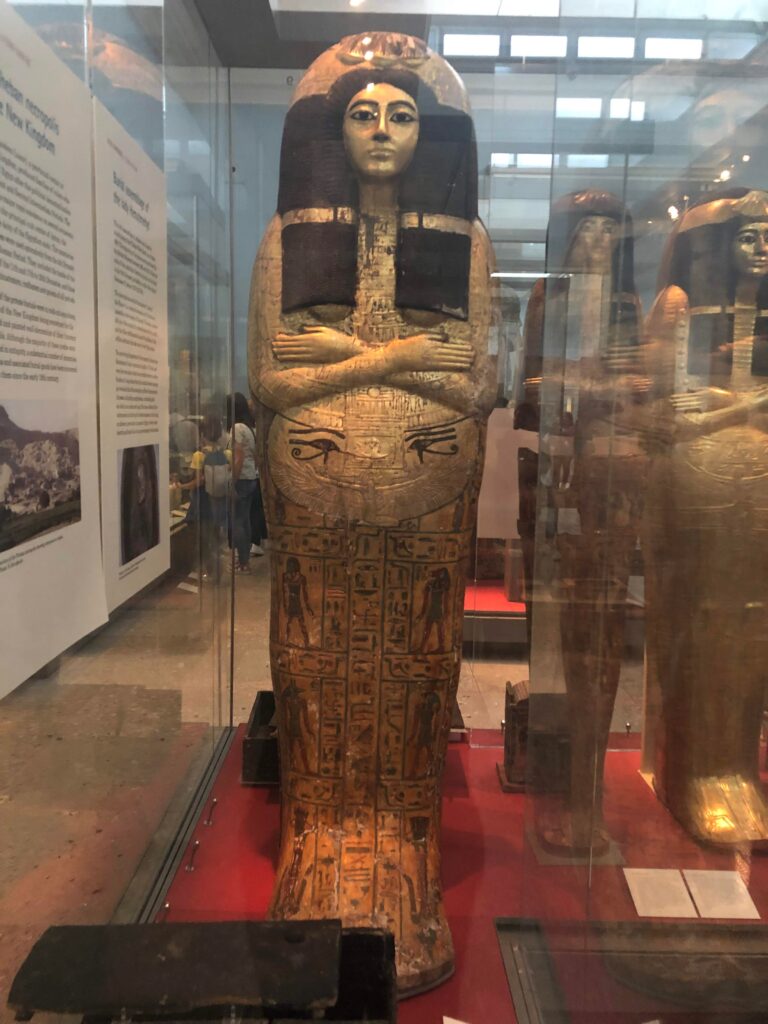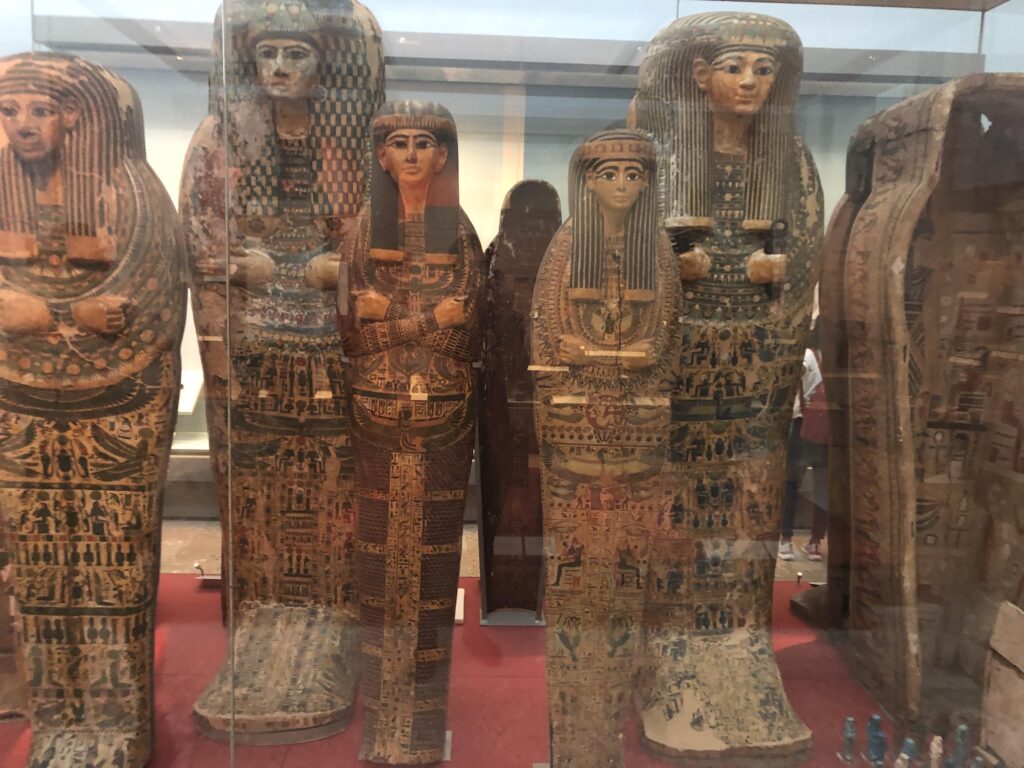Many cultures in the ancient world understood the deep significance of death and the afterlife, and their wisdom is still apparent in the customs and traditions surrounding funeral practices that still persist to this day. Ancient Egyptian mortuary practices, in particular, helped to develop an intricate system that continues to surprise and fascinate people in the modern era. Here, we will look at how ancient Egyptian beliefs and rituals influenced modern-day funeral practices, and how their legacy continues to shape our relationship with death and the dead. The ancient Egyptians left a lasting impression on the way we honor and remember the deceased, from the construction of grand tombs and monumental funerary structures to the preservation of the body through mummification. We’ll see just how much we have in common with our forefathers, and how much we can learn from their civilization, even in our present society. For as with all things timeless, the dead continue to speak to us.

Brief overview of ancient Egyptian civilization
The Egyptian civilization was one of the most powerful and long-lasting in human history. Ancient Egypt’s culture was founded on a profound understanding of the human condition and an acceptance of the intrinsic laws that govern the soul. They believed in the power of ritual and tradition to bring order out of chaos, as well as developed a complex system of beliefs and practices that continues to inspire us today.
The pharaohs, the civilization’s political and religious leaders, were thought of to be living gods. They had massive structures built such as the pyramids and the Sphinx, as well as grand tombs and funerary complexes. The ancient Egyptians were skilled engineers and artists, and their work in various fields, such as painting, sculpture, and metalworking, is still admired today.
Religion was important in ancient Egypt’s society, and the civilization developed a multifaceted pantheon of gods and goddesses that was closely linked to the people’s day-to-day lives. They believed that death was not the end, but rather, the beginning of an afterlife and thus devised a system of mortuary practices. Perhaps most noticeably, they are responsible for the development of the mummification process to ensure that the soul of the deceased was preserved.

Ancient Egypt was conquered numerous times by different civilizations, but its legacy lives on, from the architectural wonders of the pyramids to the hieroglyphic system they used for writing. The ancients’ wisdom is still visible in the customs and traditions surrounding death and the afterlife, reminding us that our forefathers’ understanding of the world has much to teach us even in today’s world.
Explanation for the importance of mortuary practices in ancient Egypt
Mortuary practices in ancient Egypt were of great significance, as they were believed to be a necessary part of ensuring a successful afterlife. The ancient Egyptians believed that death was not the end, but rather a transition to a different realm. They believed that the body needed to be preserved in order for the soul to live on in the afterlife, and as such, they developed embalming practices to ensure that the body could be preserved for centuries to come. The importance of mortuary practices was due to the instilled belief that the living were to take responsibility and care for their dead, in order to ensure that their souls would be able to live on in the afterlife.

What’s more, the elaborate mortuary practices of ancient Egypt reflect their society’s emphasis on order and structure. Ancient Egyptians demonstrated a commitment to order and attention to detail in their preparations for the afterlife, from the construction of grand tombs and pyramids to the mummification process. This emphasis on order and structure served a practical purpose in the preservation of the body, but it also represented a belief in the importance of order in the universe and in one’s own life.
Ancient Egyptian Mortuary Beliefs and Practices
The Ancient Egyptians had complex beliefs about the afterlife, and body preservation was critical to a successful transition to the next realm. They believed that death was not the end of existence, but rather a transition into the afterlife. The soul was thought to reside in the body after death, and the body had to be preserved for the soul to live on in the next realm. Because of this belief, ancient Egypt developed a set of complex practices.
Mummification was one of the most notable practices, which involved preserving the body by removing internal organs and treating it with natron, a substance that dehydrated the body and helped prevent decay. The procedure was lengthy, which only made it available to the wealthy and upper-class members of society.
The Ancient Egyptians also built elaborate tombs and pyramids to house the dead, often with hidden chambers and secret passageways to keep tomb robbers away. These tombs were thought to be the deceased’s eternal resting place and were frequently filled with various goods, such as jewelry, food, and furniture, to aid the deceased in the afterlife. Canopic jars were used to store the deceased’s internal organs during the mummification process and were placed in the tomb alongside the mummy. They also had a complex set of funerary rituals, which include the use of funerary texts, such as the Book of the Dead (a book filled with spells and magic formulas), which were placed in tombs to guide the deceased through the afterlife.
The Influence of Ancient Egyptian Mortuary Practices on Modern Day Burial Customs
Ancient Egyptian mortuary practices had a significant impact on modern funeral service customs. The concept of body preservation, which was central to ancient Egyptian’s mortuary practices, can be seen in the modern use of embalming, a chemical process of body preservation using formaldehyde.
One of the most noticeable similarities between ancient Egyptian and modern-day burial customs is the use of tombstones. The ancient Egyptians frequently placed a stele, or inscribed stone slab, at the entrance of a tomb to commemorate the deceased. Tombstones, which are now common in cemeteries, serve a similar function in the funeral service industry today.
The use of funerary texts such as the Book of the Dead, which were buried with the deceased in ancient Egypt to guide them through the afterlife, has also had an impact on modern day traditions. Many modern religions, such as the Christianity and Islam, have their own funerary texts that are read at funerals and burials to comfort and guide the bereaved. Many of these religions also share the belief in an afterlife, which was central to ancient Egyptian customs, and modern funerals and burials often include rituals and ceremonies to help the deceased on their journey into the next world.
Final Thoughts
Ancient Egyptian funeral practices have had a lasting impact on modern-day mortuary tradition. The concepts of preserving the body, the use of tombs and grave markers, funerary texts, and belief in an afterlife can be traced back to ancient Egypt and continue to be an important aspect of modern-day funerary customs.

Mummification and the construction of these elaborate tombs were deeply ingrained in the Egyptian’s religion and culture. The belief in an afterlife and the desire to preserve the body to aid them in their journey was a central aspect of these practices. These mortuary customs and the monumental architectures associated with them, such as the pyramids, continue to intrigue the modern world and are a source of ongoing archaeological and historical research. These discoveries have been a constant source of inspiration for artists, writers, and filmmakers for centuries. They have been a part of our culture for so long that their influence on today’s funeral industry comes to no surprise. They have left a lasting legacy on the funeral undertaking world that will forever be remembered.
